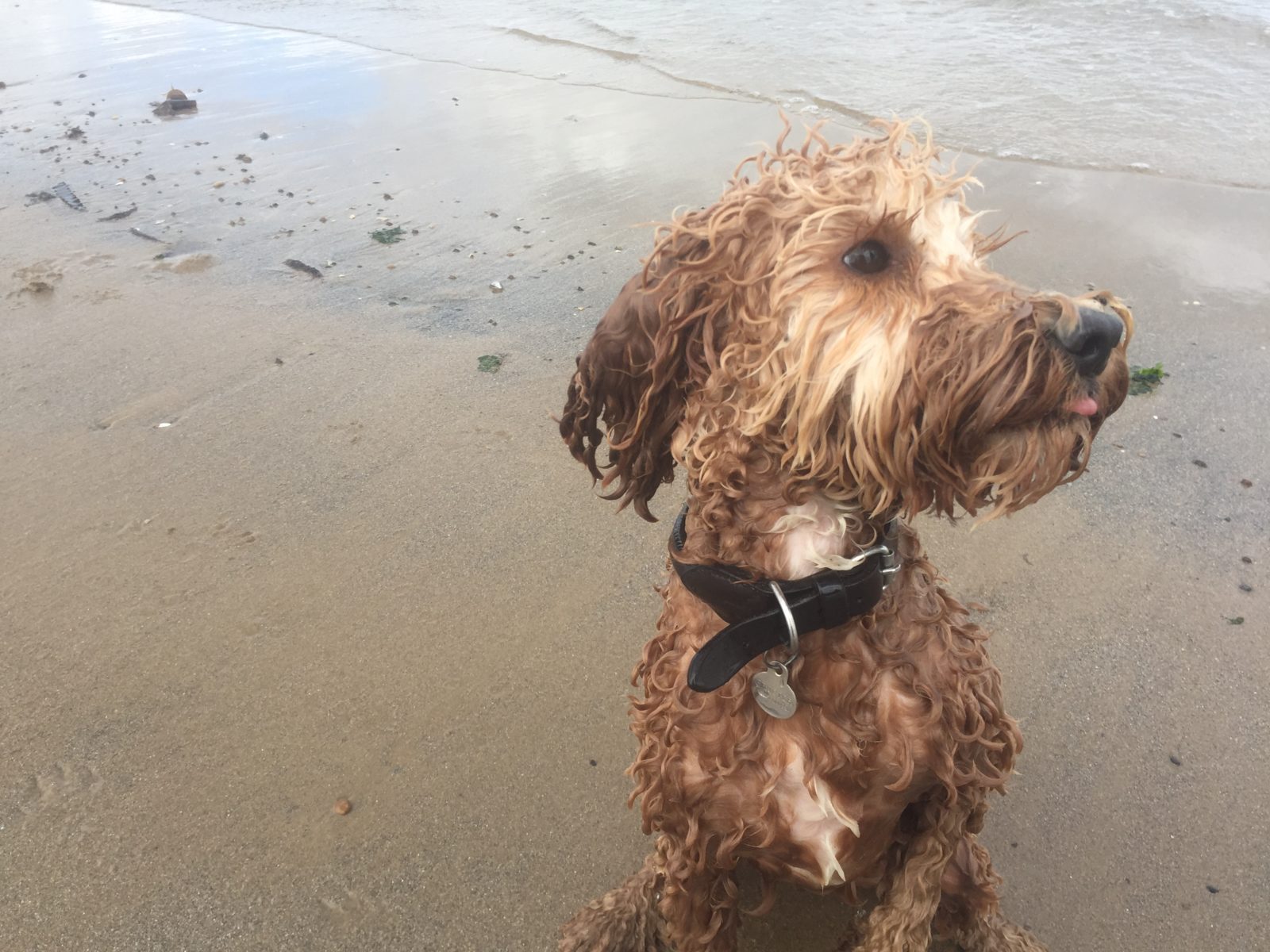Theme four explores the animal life around us. Pets are part of our family and contribute to our sense of home. They have always been a central part of our cultural heritage, popping up in family portraits. Even in the grand portraits of stately homes family pets are often front and centre stage in the image. We are surrounded by creatures, whether we choose to be or not. Look out of your window at the wildlife. Notice the cobwebs in the corner of your room. Take some time to think about the places you find wildlife. What is happening to those habitats? What needs preserving for future generations? Use the resources below to help you look more closely.
PHOTO CHALLENGE ONE: Watch For Wildlife
Be still, be present, take notice. Be ready – and patient. Dig a little deeper.
Investigate habitats rural or urban. How have they changed over time? Look for and record traces of human impact. Capture creatures large or small.
PHOTO CHALLENGE TWO: Postcards For The Future
Wildlife is in decline. Tell us about the wildlife that is important to you. What must be preserved for future generations? Make a postcard with a message. Create a habitat using household objects and add your slogan. It could be a call to action, a statement, a fact or a personal anecdote.
PHOTO CHALLENGE THREE: A Day In The Life Of Your Pet
Is your pet your constant companion? Do they entertain you? Tell the story of what they get up to by documenting a day in their life. Is there anything unusual or unexpected? Use props or toys to engage your pet, but also pay attention to moments of rest or favourite spots in the house.
PHOTO CHALLENGE FOUR: Portrait With Your Pet
What do you have as a pet? Share those special relationships with us. Put
yourself in the picture to create a portrait with your pet. Try taking a selfie! Or using a timer or mirror. Capture moments of you resting together, or signs of affection.
PHOTO CHALLENGE FIVE: Pets And Wildlife Close Up
Experiment with macro photography to create unique portraits of pets and
wildlife. Explore forgotten corners and the places you don’t normally look.
What pattern and detail do you see? Macro lenses that clip to your smartphone are cheap and widely available. Alternatively try a magnifying glass or even a toy kaleidoscope.
PHOTO CHALLENGE SIX : DIY Fish Eye Lens
Experiment with a fresh perspective. Explore natural habitats with a fish eye view. Make your own fish eye lens using a glass of water. Move around and get in close for different viewpoints. Add food colouring to the water for a different effect.
Top Tips
- Play with shadows.
- Take action shots!
- Review your photographs and select your favourites to create a series.
- Wildlife often emerges after the rain. Go on the hunt during or after a rainfall – take an umbrella!
- Keep a low profile if you are photographing wildlife.
- When working with your pet, focus on their eyes!
- Keep it fun (and safe) for the animal you are photographing.
Inspiring Artists
- William Wegman
- Rinko Kawauchi
- 120 year old cat photographs discovered in a time-capsule by French photographer Mathieu Stern
- Carli Davidson
- Robert Bahou
- Sophie Gamand
- Elke Vogelsang
- Andrius Burba
- Ron Schmit
- Seth Casteel
- Vincent Lagrange
- Maureen O’Connor
- Graciela Iturbide
- Amy Stein
- Alex Grace
- Karen Knorr
Need Some Inspiration?
Running Wild
Visit Eltham Palace, South London
In the 1920s and 30s exotic or unusual pets were all the rage. Stephen and Virginia Courtauld, owners of Eltham Palace, lavished attention and money on their much-indulged ring-tailed lemur Mah-,Jongg, even designing the interior of the palace to meet his needs by creating a tropical climate and including a ladder and trapdoor.
Learn More
Wildlife in the Meadows
Visit Brodsworth Hall near Doncaster
Meadows are one of the rarest habitats in the UK. The swathes of meadow that would have been seen in English landscapes in the past have now been lost to widespread modern and intensive farming and horticultural practices. English Heritage properties have some of the last remaining meadows, which are vital for biodiversity.
Learn More

